July 30, 2016
Office work not as bad as smoking + New age of reason + Productivity gap 0
 In this week’s Newsletter; Mark Eltringham suggests reading the source material behind the latest sitting is the new smoking guff; and celebrates a new age of reason in workplace design. New evidence that giving employees more control over workplace design is the most important contributing factor to their wellbeing; businesses ready to embrace the workplace robot; and the UK economy still to address productivity and digital skills gaps. Third of parents struggle to find childcare across the summer holidays; retaining ‘passporting’ rights to the single market vital for the City during Brexit negotiations; rising over 50s population of workers suffer discrimination; and researchers confirm the imminent demise of the ‘nearly useless’ desk phone. Download our new Briefing, produced in partnership with Boss Design on the link between culture and workplace strategy and design; visit our new events page, follow us on Twitter and join our LinkedIn Group to discuss these and other stories.
In this week’s Newsletter; Mark Eltringham suggests reading the source material behind the latest sitting is the new smoking guff; and celebrates a new age of reason in workplace design. New evidence that giving employees more control over workplace design is the most important contributing factor to their wellbeing; businesses ready to embrace the workplace robot; and the UK economy still to address productivity and digital skills gaps. Third of parents struggle to find childcare across the summer holidays; retaining ‘passporting’ rights to the single market vital for the City during Brexit negotiations; rising over 50s population of workers suffer discrimination; and researchers confirm the imminent demise of the ‘nearly useless’ desk phone. Download our new Briefing, produced in partnership with Boss Design on the link between culture and workplace strategy and design; visit our new events page, follow us on Twitter and join our LinkedIn Group to discuss these and other stories.







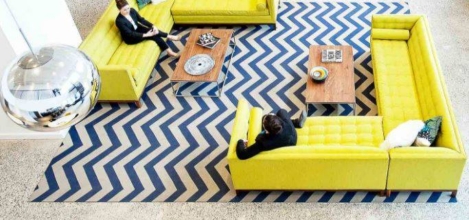
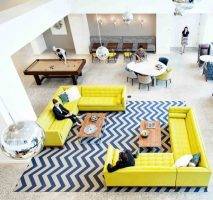 Giving employees more control over workplace design is the single most important contributing factor to their wellbeing, according to a new study. The Workplace & Wellbeing report examines the workplace design factors that influence wellbeing. The research team discovered that an invitation to participate in the design of the work environment raised levels of wellbeing, although increasing the level of participation did not necessarily increase the level of wellbeing. The research was led by the Royal College of Art’s Helen Hamlyn Centre for Design in partnership with architects Gensler and supported by a consortium of leading industry names: Milliken, Bupa, Royal Bank of Scotland, Kinnarps and Shell. The context for this project lies with a current ‘wellbeing deficit’ in the workplace which means absence from work costs the UK economy more than £14 billion a year according to the Confederation of British Industry.
Giving employees more control over workplace design is the single most important contributing factor to their wellbeing, according to a new study. The Workplace & Wellbeing report examines the workplace design factors that influence wellbeing. The research team discovered that an invitation to participate in the design of the work environment raised levels of wellbeing, although increasing the level of participation did not necessarily increase the level of wellbeing. The research was led by the Royal College of Art’s Helen Hamlyn Centre for Design in partnership with architects Gensler and supported by a consortium of leading industry names: Milliken, Bupa, Royal Bank of Scotland, Kinnarps and Shell. The context for this project lies with a current ‘wellbeing deficit’ in the workplace which means absence from work costs the UK economy more than £14 billion a year according to the Confederation of British Industry.

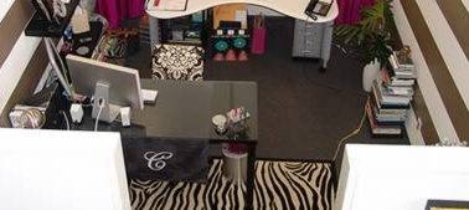
 In America at least, the great symbol of corporate conformity is the office cubicle. Satirised in the Dilbert cartoons and a staple in any movie about the degrading aspects of modern working life, the cubicle provides a perfect shorthand way of portraying an individual crushed by the corporate jackboot. Yet what these things miss is the propensity of people to personalise their surroundings and claim a space as their own, even if only for the short time they may be there. This seems to be particularly the case when it comes to office design and so we were much taken with
In America at least, the great symbol of corporate conformity is the office cubicle. Satirised in the Dilbert cartoons and a staple in any movie about the degrading aspects of modern working life, the cubicle provides a perfect shorthand way of portraying an individual crushed by the corporate jackboot. Yet what these things miss is the propensity of people to personalise their surroundings and claim a space as their own, even if only for the short time they may be there. This seems to be particularly the case when it comes to office design and so we were much taken with 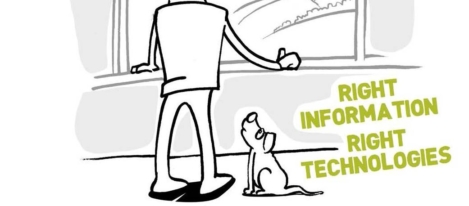
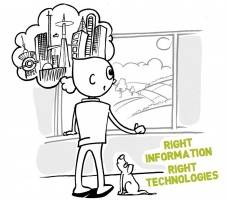
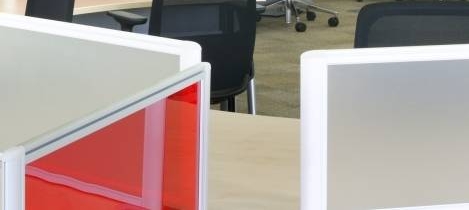
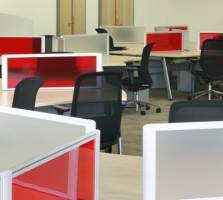


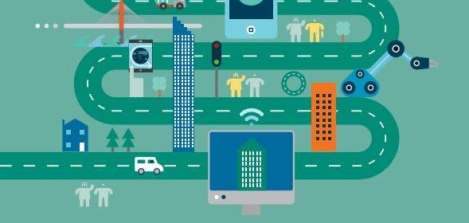
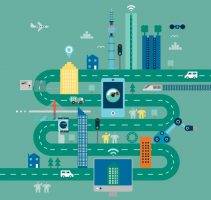 Global law firm Osborne Clarke has released its fourth
Global law firm Osborne Clarke has released its fourth 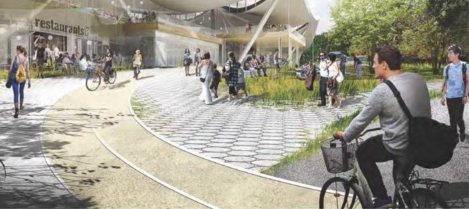
 In March,
In March, 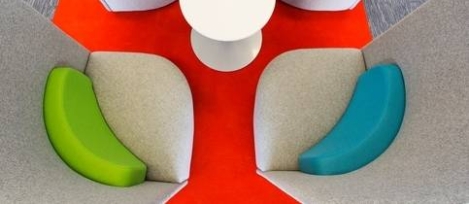
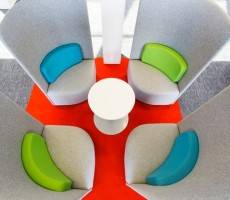
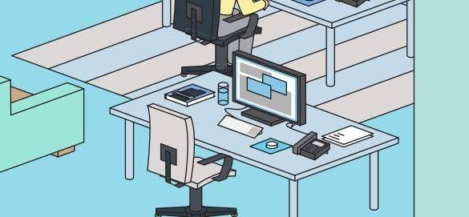
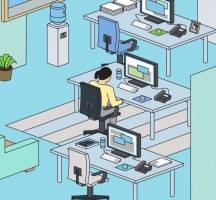 Gensler has announced the results of its Workplace Survey 2016 for both
Gensler has announced the results of its Workplace Survey 2016 for both 


















July 28, 2016
Working in an office is NOT as bad as smoking, whatever you might read 0
by Mark Eltringham • Comment, Knowledge, Wellbeing, Workplace, Workplace design
More →